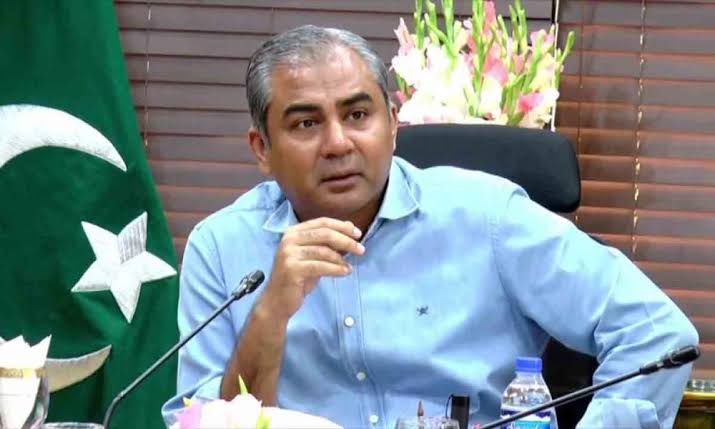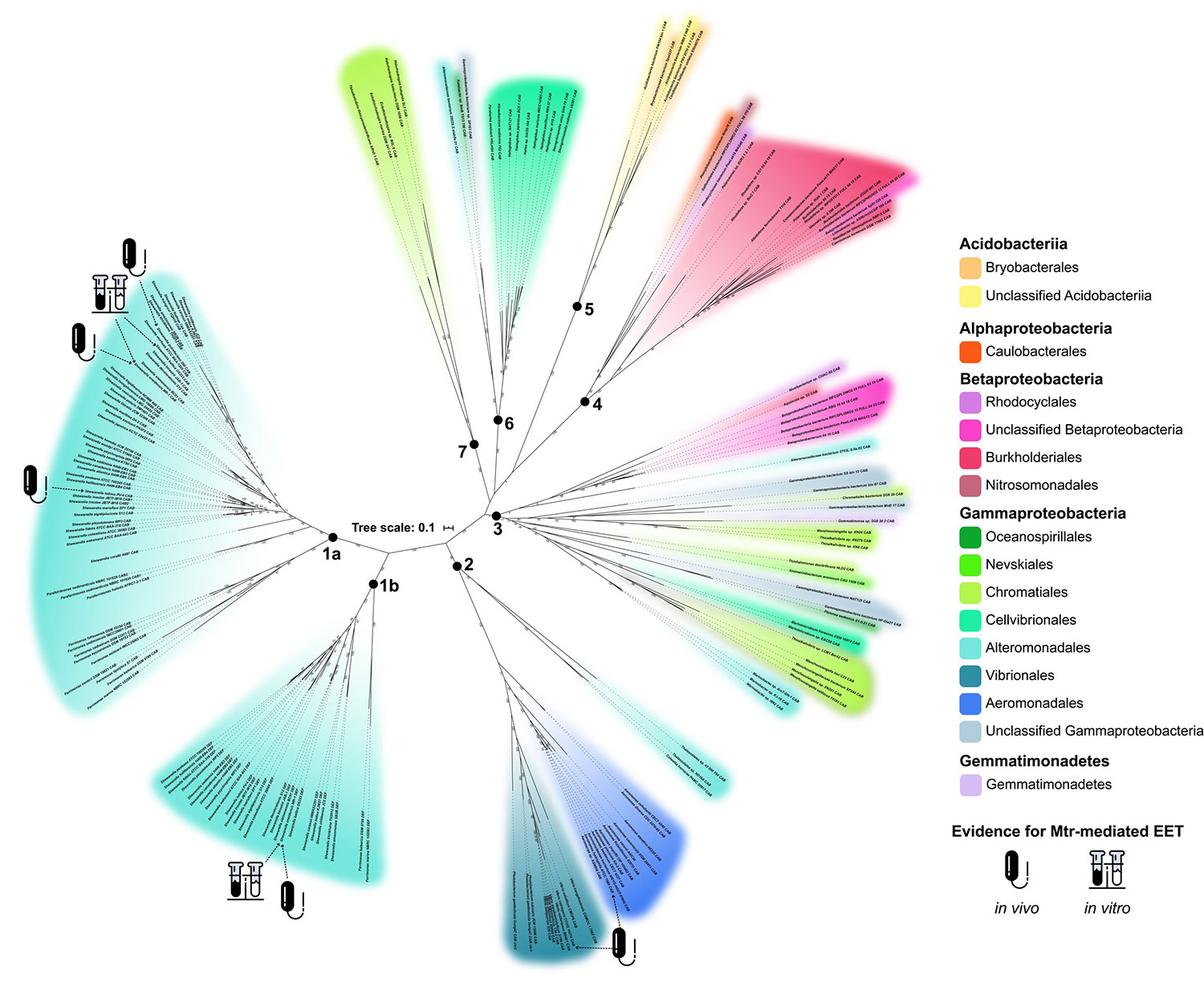WASHINGTON — Companies working on nuclear and solar power systems for the moon are among the winners of NASA awards to advance their technologies for future use by NASA and commercial customers.
NASA announced July 25 the selection of 11 awards through its Tipping Point program of space technology development. The awards, with a combined value of $150 million, are designed to advance promising technologies to the point where they are ready for flight.
“By creating new opportunities for streamlined awards, we hope to push crucial technologies over the finish line so they can be used in future missions,” Prasun Desai, acting associate administrator for space technology at NASA, said in a statement. “These innovative partnerships will help advance capabilities that will enable sustainable exploration on the moon.”
Among the winners is Astrobotic Technology, which received a $34.6 million Tipping Point award to develop technologies for its LunaGrid project to produce solar power and provide it to spacecraft on the lunar surface. The award covers the development of one of the company’s CubeRovers, the size of a six-unit cubesat, that will travel one kilometer from a lander, unspooling a cable. The lander’s solar arrays will then transmit one kilowatt of power to the rover.
“This will be the first small-scale demonstration of power transmission on the surface of the moon,” John Thornton, chief executive of Astrobotic, said in an interview of the effort, which the company calls LunaGrid-Lite.
A big focus of LunaGrid-Lite will be to develop and demonstrate enabling technologies, such as cable deployment and high-voltage power transmission, which requires conversion between direct current and alternating current.
“Even doing something and sounding as simple as DC-to-AC conversion is harder in space,” he said. “In a vacuum environment the DC-to-AC conversion doesn’t work with typical technologies used here on Earth, so that’s why we basically had to reinvent the wheel on how to do that.”
Astrobotic is separately developing other technologies needed for LunaGrid, such as Vertical Solar Array Technology (VSAT) that is optimized to produce power at the polar regions of the moon where the sun is always low on the horizon. The LunaGrid-Lite project won’t use VSAT systems but instead the solar arrays on the lander.
“There’s work and awards aligned with basically every part of this,” Thornton said of LunaGrid, including wireless charging. “The pieces and parts are coming together. So, from here it’s about proving that on a small scale, scaling up to a larger scale and then actually deploying it on the surface.”

A team lead by Zeno Power won a $15 million Tipping Point award to develop a radioisotope power system for use on lunar missions, enabling such missions to continue operations through the two-week lunar night. The Project Harmonia effort includes as partners Blue Origin, Intuitive Machines, Sunpower Inc., the University of Dayton Research Institute and NASA’s Glenn Research Center and Marshall Space Flight Center.
The project seeks to demonstrate a technology called a radioisotope Stirling generator that uses a Sterling engine, rather than thermocouples, to convert the heat of radioactive decay into electrical power. NASA has worked on Stirling engines for radioisotope power systems, which promise higher efficiency, but budget issues have halted those efforts within the agency.
“We will be building upon a lot of this work that NASA Glenn and commercial entities have done and, for the first time, actually match the Stirling engine with a radioisotope source for use in space,” said Tyler Bernstein, chief executive and co-founder of Zeno Power, in an interview.
The system will also demonstrate the use of an alternative isotope, americium-241, which is more readily available than the plutonium-238 conventionally used in radioisotope power systems. Americium produces less power per gram than plutonium, requiring more fuel to produce the same power, but is commercially available.
The project will produce a power system that would be ready to flight on a future mission. Bernstein said it could be both the first use of americium-241 in a power system in space and the first flight of a radioisotope Stirling generator.
Zeno Power won a U.S. Air Force contract in May to test a radioisotope power source on a satellite. That contract uses both a different technology, thermocouples, as well as a different isotope, strontium-90. Despite the differences, he said, “there’s a lot of synergies on the technology development, but also on the regulatory side and on the facility side.”
The project takes its name from the Greek goddess of harmony. “We’re looking at harmony on the lunar surface: how we can bring different entities together and have sustainability, with systems that operate for years instead of days,” he said.
Other winners include Blue Origin, which received a $34.7 million award to demonstrate the ability to produce solar cells using lunar materials. That will support progress on its Blue Alchemist project the company unveiled earlier this year, where it used lunar simulant material to produce solar cells in a terrestrial lab. Redwire won a $12.9 million award to also demonstrate using lunar regolith to create infrastructure on the moon.
United Launch Alliance won a $25 million award to advance hypersonic decelerator technology tested on the LOFTID project last year for potential use to recover the engine section of its Vulcan booster. Varda Space Industries, a startup focused on space manufacturing, won a $1.9 million award to mature technologies used as a heat shield on its reentry capsules.
Other winners include Big Metal Additive for hybrid metal additive manufacturing, Freedom Photonics for a lidar instrument, Lockheed Martin for in-space assembly technologies, ProtoInnovations for mobility control software and Psionic for a navigation lidar and terrain mapping system for use on lunar landers.
Note: This article have been indexed to our site. We do not claim legitimacy, ownership or copyright of any of the content above. To see the article at original source Click Here










